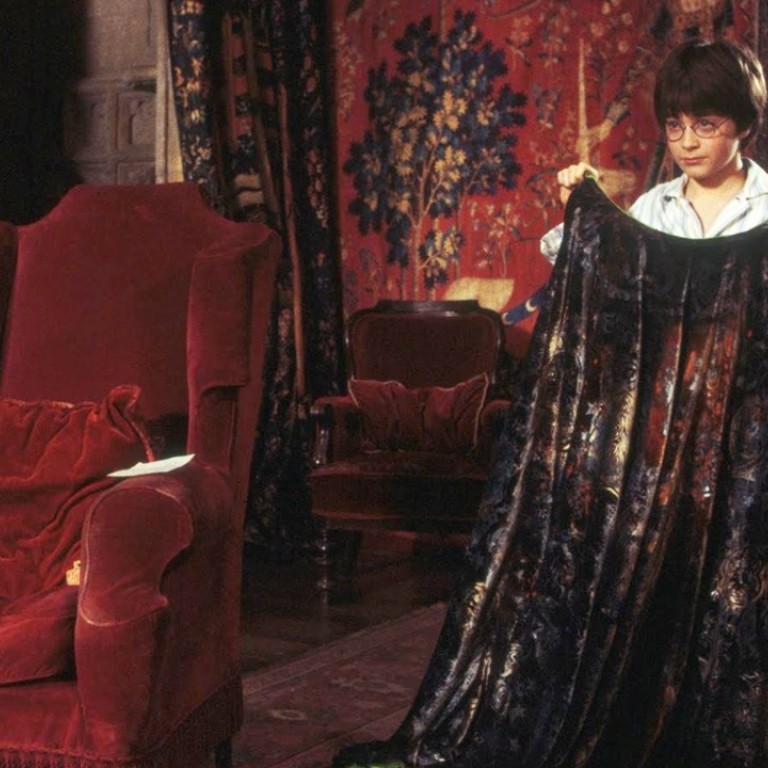
From Hogwarts to Walmart: Chinese team move ‘invisibility cloak’ one step closer to reality
Researchers in Jilin find cheaper, simpler way to fabricate light-bending material in larger sizes using sheets of silver crystal
A team of scientists in northern China have made a key breakthrough in creating an “invisibility cloak” that can make objects invisible to the human eye by bending certain wavelengths of light around it.
Although this technique, known as negative refraction, is not new, the team in Changchun, capital of Jilin province, claim to have found a way to fabricate larger cuts of the material, and at a significantly reduced production cost.
Previously, scientists were only able to make this technology work on pieces of material the size of a thumbnail or smaller.
Whereas light usually bounces off objects to make them visible, the special material counteracts that effect by allowing photons to pass through it and travel in designated directions. This results in the light moving around an object covered by the material much like water going around a rock in a river.
As such, a person standing directly in front of the “cloaked” object would still see whatever was directly behind it, creating the impression that it was not there.
Such materials are more complicated to make than computer chips. Billions of independently structured units must be engraved on the surface of a metal to produce the invisibility effect, which comes with prohibitively high costs.
But the Chinese team, led by Yang Chengliang with the State Key Laboratory of Applied Optics at the Chinese Academy of Sciences’ Changchun Institute of Optics, believe they have solved the problems of size and cost.
Using their technology, the team could “grow” a sheet of silver crystal with invisibility potential to the size of a square metre or larger for less than the cost of a luxury brand scarf, Yang said.
They used chemicals to build large nanowire structures made from silver, and these nanostructures were able to alter the direction in which light moves by manipulating the electrons inside a photon, or light particle, the team said.
They revealed some of their research in a recent paper in the journal Optics Express, run by the Optical Society of America.
“It’s like going back to the old days of alchemy,” said Yang. “You throw various components into a ‘soup’ and stir it under certain conditions and - hey, presto! - you get the invisibility cloak.”
He said the method was relatively straightforward and could easily be adapted for mass production, but that consumer products were probably still a decade or so away.
While the material showed no problems in controlling the direction of the light, it caused a lot of leakage in terms of brightness. This could ruin the invisibility effect as it would make the wearer appear to be moving in a kind of shadowed area, Yang said.
Yang said his team were working to improve the brightness of the material. Because it is so thin - only several microns - it is also too fragile at present to be used as clothing, he said.
However, the breakthrough has prompted much excitement among the research community. A researcher studying similar technology at Fudan University in Shanghai said the new method was unprecedented.
“It could lead to the mass production [of invisibility cloaks],” said the researcher, who declined to be named.
It may also find other applications, such as building a “super lens” so that satellites can photograph earth with an unprecedented level of clarity, he added.
This is based on the logic that the same material can theoretically magnify distant objects to an enormous size without any distortion.

